Guide To Gongju: Where To Go, What To See, & What To Do
Last Updated on October 1, 2023
Gongju city in Chungcheongnam-do, Korea is a hidden gem of a city that has so many historic, cultural, and artistic spots to see that you will want to spend at least a weekend there to see as much as you can. We took a spur of the moment road trip from Seoul a few weeks back to see some of the artistic areas and were surprised to find so many lovely historic and culture places to visit.
If you’re looking to head out of Seoul but want a less touristy area, look into Gongju for Korean Hanoks, fortresses, street art, outdoor artworks, and more.
Gongju is an awesome spot for an adventure in Korea. See what you can see with this Gongju travel guide!
(This post contains affiliate links, which means I receive a certain percentage of a sale if you purchase after clicking at no cost to you. Thank you for your support.)
Gongju Itinerary
How To Get To Gongju From Seoul
By Car: If you have a car, it’s a quick easy trip from Seoul. If you don’t, check into renting a car for a fun roadtrip with friends or family.
By Bus: From Seoul Express Bus Terminal, take a bus to Gongju Bus Terminal. The bus takes an hour and a half and costs less than W10,000.
By Train: There is also a Gongju Train Station however it’s closer to go to via bus to the bus station.
Where To Stay In Gongju
Gongju has a great traditional village and fortress wall and other traditional sites all together which is great for tourists. It’s across the river from Gongju’s more downtown area where the locals are but it’s great for tourists and I recommend staying there. There are plenty of new Hanok hotels with floor and bed sleeping options.
Gongju Honghuiguan Guesthouse
This guest house is a beautiful traditional Hanok style with the floor sleeping and is right across the street from the Gongju Gongsanseong Fortress (공주 공산성). It’s a great location near some of the sites and some great restaurants too.
Book a room at Gongju Honghuiguan Guesthouse on Agoda.
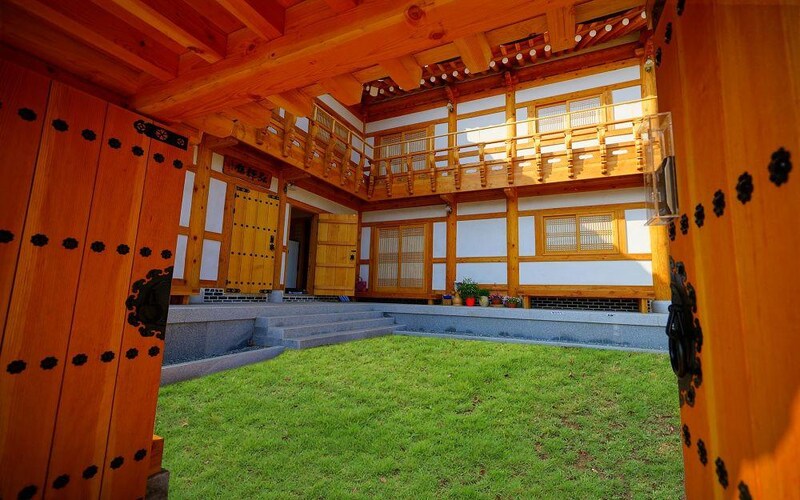
Gongju Moonlight Garden House
Another nice option in the area is the Gongju Moonlight Garden House. Similarly, the traditional Hanok style stay has floor sleeping options available and is near restaurants that serve local favorites as well as the fortress to explore by day after the art park.
Book a room at the Gongju Moonlight Garden House on Agoda.
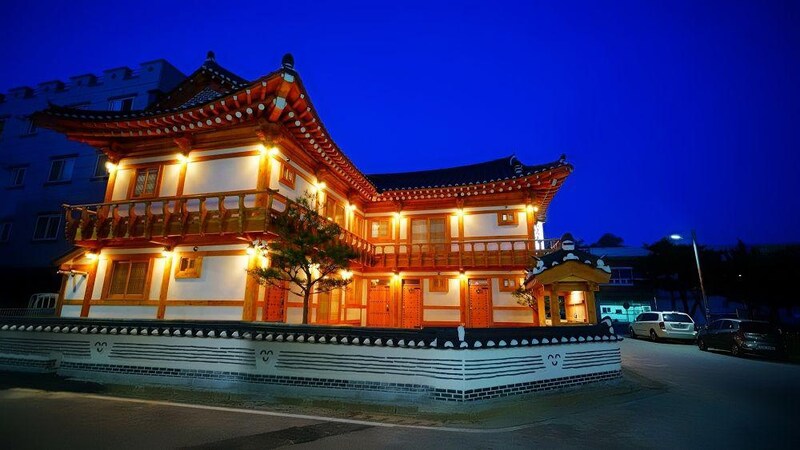
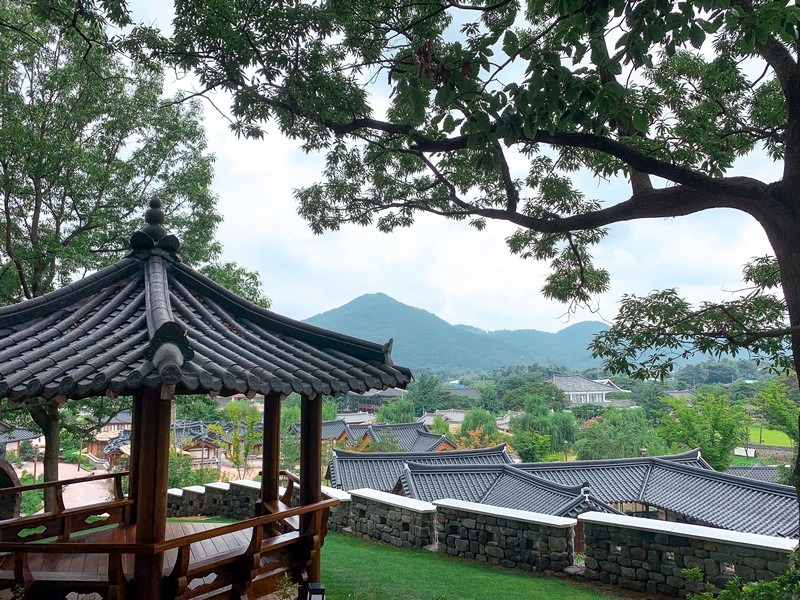
The History of Gongju
Gongju was once the capital of the Beakje Kingdom. At the time its name was Ungjin and was the capital from AD475 to AD538. Gongju was an important center until the kingdom’s fall in 660. Interestingly, in 2004 the Prime Minister of Korea actually announced that this city would become the new capital of Korea by 2030 but that was met with controversy and nothing has been done about it to date. But it’s an interesting factoid.
What To See In Gongju
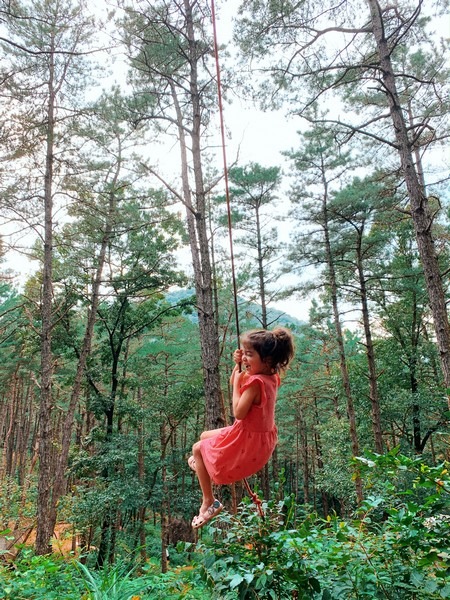
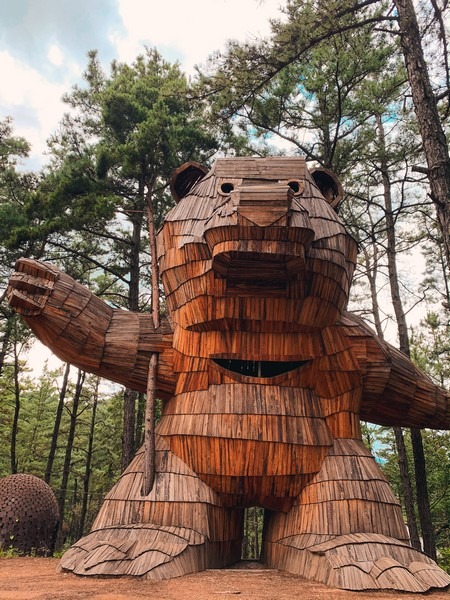
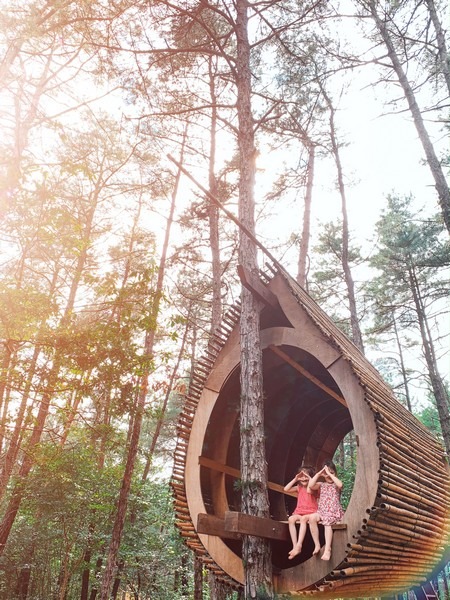
Yeonmisan Mountain & the Geumgang Nature Biennale (연미산 & 금강자연미술비엔날레)
The Geumgang Nature Biennale is an international nature art exhibition hosted by the Korean Nature Artists’ Association that was established in 1981. The artists’ association developed as a field-oriented nature art movement that focused on free expression through installations, drawing, and performance. They seek to comply with the order of nature to harmonize with it. The biennale features more than sixty installations and about ten of them are devoted to the mascot of Gongju, Goma the bear.
The sculptures are all made from natural materials including metal, rock, or wood and they are scattered along trails. It is a beautiful place and I highly recommend an adventure into this forest which is great for adults and kids. To learn more about what there is to see specifically and learn more about the paths of Yeonmisan, check out this post on the Geumgang Nature Biennale: Finding Bears In Gongju.
- Address: 98 Yeonmisangogae-gil, Useong-myeon, Gongju-si, Chungcheongnam-do (충청남도 공주시 우성면 연미산고개길 98
- Hours: Tuesday – Sunday: 10:00am ~ 6:00pm
- Admission: Adults: W5,000; Children: W3,000
- Website: http://www.natureartbiennale.org/
- Amenities: Note that there are bathrooms once you enter however there is nothing else. There is a cafe with waters and juices near the ticket stand and in the heat and humidity of this summer, I highly recommend making sure you grab a bottle of water before you head in.
Gongju National Museum (국립공주박물관)
Learn more about the history of Chungcheongnam-do and see the treasures that were discovered in the Muryeong Royal Tomb in 1971. There are over 1000 relics on two floors and an outdoor exhibition area. There’s even a full-scale model of the Muryeong Tomb to really get the feel for what you’re seeing. There are 19 National Treasures and three Treasures to see too.
- Address: 34 Gwangwangdanji-gil, Gongju-si, Chungcheongnam-do (충청남도 공주시 관광단지길 34 (웅진동))
- Days: Tuesday – Sunday; Closed Mondays, New Year’s Day, Lunar New Year, and Chuseok
- Hours: Weekdays: 10:00am ~ 9:00pm; Weekends: 10:00am ~ 7:00pm
- Admission: Free
- Website: https://gongju.museum.go.kr/
Gongju Gongsanseong Fortress (공주 공산성)
Built as defense for the royal palace 1500 years ago, this fortress is 2,660 meters long and is a really great place to get views of the area, learn some history, and enjoy the weather and a walk outside if the weather is nice. While the palace that was once there is no longer, it is still worth going.
Walk along the top of the fortress walls and find Gongbukru, Yeongeunsa, a small temple built in the 4th year of King Sejo’s reign, and visit Manharu and Yeonji just in front of it which are said to be the most majestic parts of the complex. The whole course around is 3 kilometers long and takes about 2.5 hours to complete.
During normal times, there is a changing of the guards ceremony at the south gate of the fortress every Saturday and Sunday on the hour between 11:00am and 4:00pm from April to June and September to October.

- Address: 280 Ungjin-ro, Gongju-si, Chungcheongnam-do (충청남도 공주시 웅진로 280 (금성동))
- Hours: 9:00am ~ 6:00pm
- Admission: Adults: W1,200; Children: W600
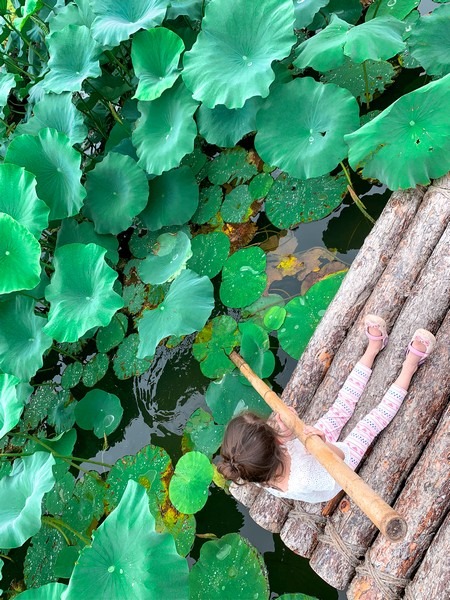
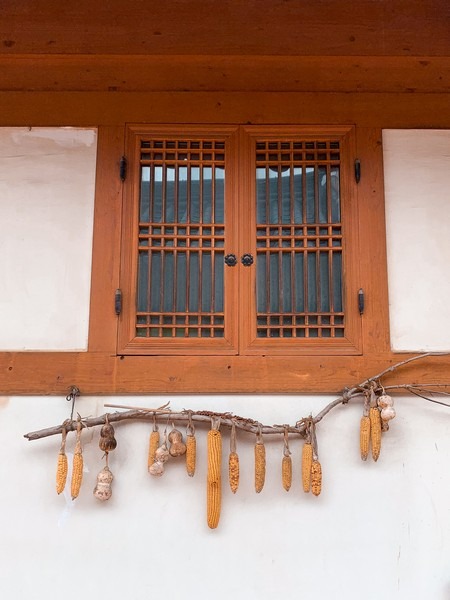
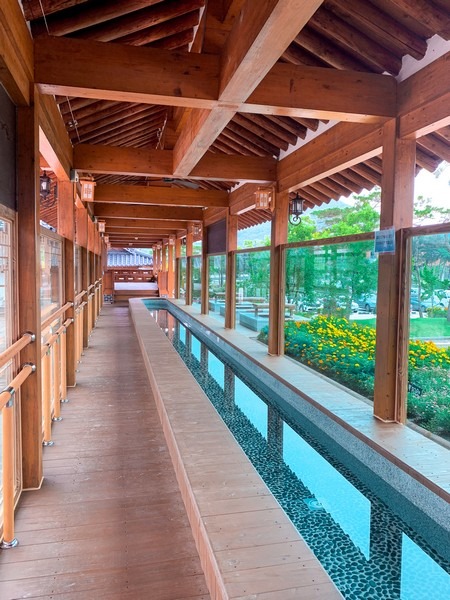
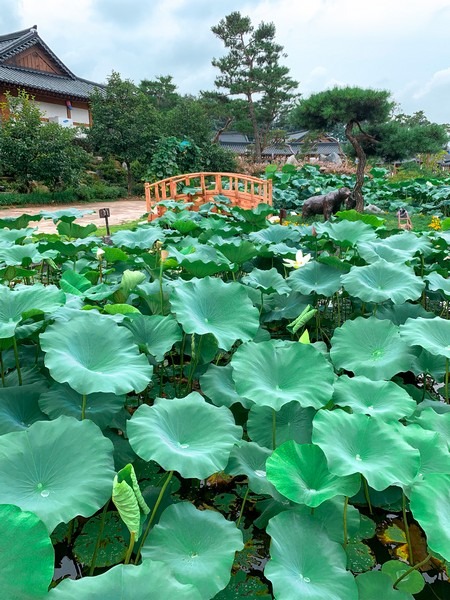
Gongju Hanok Village (공주한옥마을)
This isn’t an especially old Hanok Village as it was just built in 2010 for the Great Baekje World Festival but there are 19 Hanok houses and you can even stay there. While we weren’t staying there ourselves, we did especially enjoy soaking our feet in the long footbath and the children’s playground is really just awesome and if you walk up to the top of the playground, with or without kids, you can get the best view of the Hanok Village from above.
There are numerous experiences to try so you could feasibly spend some hours there when everything is open. Since it’s located between the Gongju National Museum and the Royal Tombs of King Muryeong, it’s easy to add it to an itinerary in the area.
If you do want to stay in the Gongju Hanok Village, they have 37 rooms for groups, and 23 rooms for individuals. They also have 4 campsites and 9 outdoor kitchens. They were just cleaning out the rooms when we visited. They’re set up nicely so you are right in the action and would have a great time in a historical feeling area.
- Address: 12 Tourist Complext Street (Woongjindong 337), Gongju City, Chungcheongnamdo (충남 공주시 관광단지길 12)
- Hours: 9:00am ~ 6:00pm

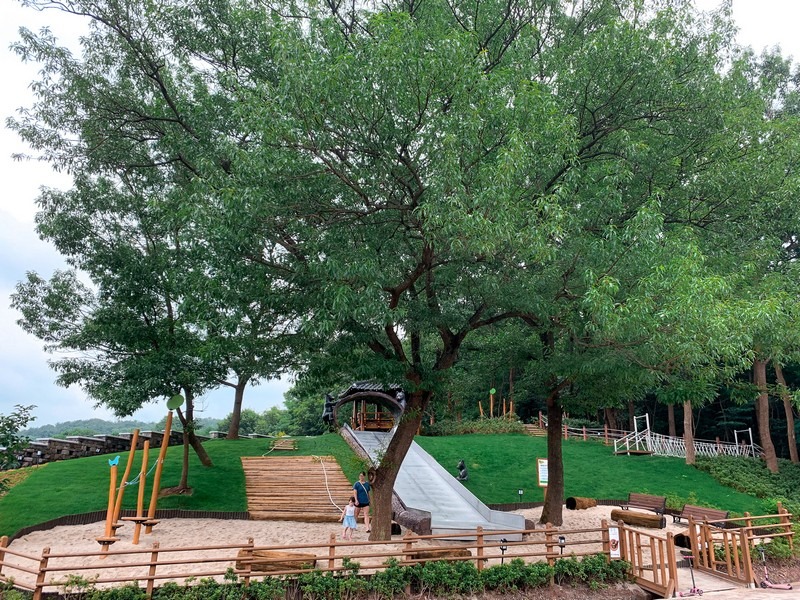
Gongju Songsan-ri Tombs & Royal Tomb of King Muryeong (공주 송산리 고분군과 무령왕릉)
These royal tombs are home to the royal family that ruled over the Baekje Kingdom during the Ungjin Period from 475 to 538. It is believed that there are 17 graves on the site however only 7 of them have been discovered to date. The first six tombs were discovered and then subsequently looted between 1910 and 1945 during the Japanese occupation so those that were buried there is unknown. The seventh tomb is the Tomb of King Muryeong which was actually discovered by accident in 1971 when pipes were being installed to prevent tombs 5 and 6 from flooding.
King Muryeong was the 25th king of Baekje and since it was discovered so late, it was actually the only tomb that hadn’t been looted and contained all of the treasures which is why this is a main feature in the Gongju National Museum mentioned above.
- Address: 37-2 Wangreung-ro, Gongju-si, Chungcheongnam-do (충청남도 공주시 왕릉로 37-2 (웅진동))
- Hours: 9:00am ~ 6:00pm
- Admission: Adults: W1,500; Teenagers: W1,000; Children: W700
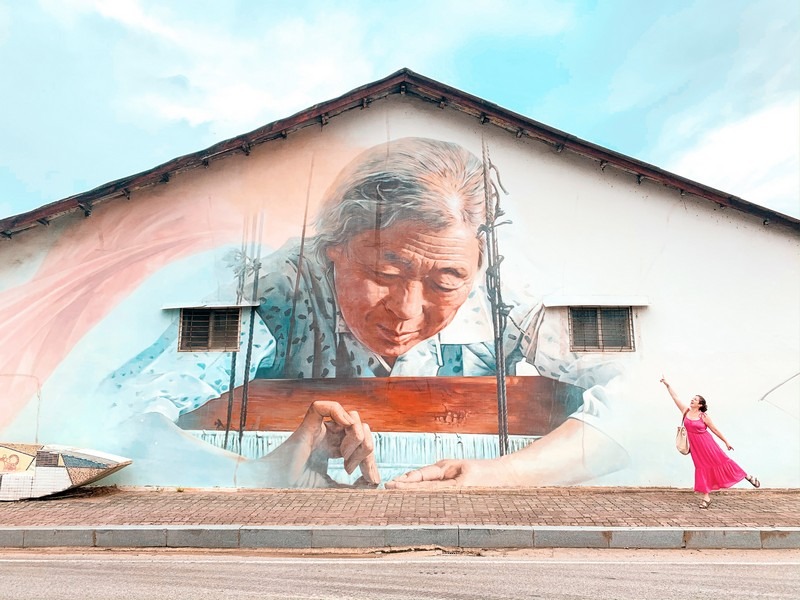
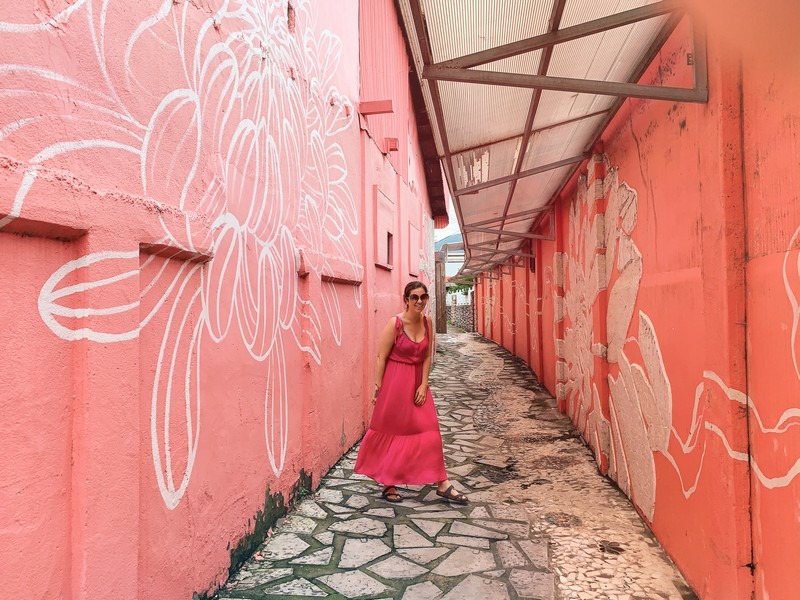
Yugu Mural Village (유구벽화마을)
The Yugu Mural Village celebrates the history of Gongju with murals and mosaics that represent the Baekje Kingdom as well as their history with textiles. The textile industry boomed here in the 1970s and had a reputation for being the only place in Korea where jacquard fabric could be produced. At it’s peak, the area had 250 factories, 3,000 looms and 3,000 crafts people.
As you weave through the mural covered alleys, you’ll also spot the Yugu Textile History Exhibition hall which is where you can learn about the local history with textile production. Check out this post to see more of the colorful murals and mosaics in the Yugu Mural Village.
- Address: 257-5 Seongnam-ri, Yugu-eub, Gongju-si, Chungcheongnam-do (충청남도 공주시 유구읍 성남리 257-5)
Gongju-si in Chungcheongnam-do is a really interesting city to find with plenty to do for a quick weekend away from Seoul. At just an hour and a half to two hour drive from the capital city, it’s a great spur of the moment trip to take if the weather is nice.
Did you like this post? Pin IT!
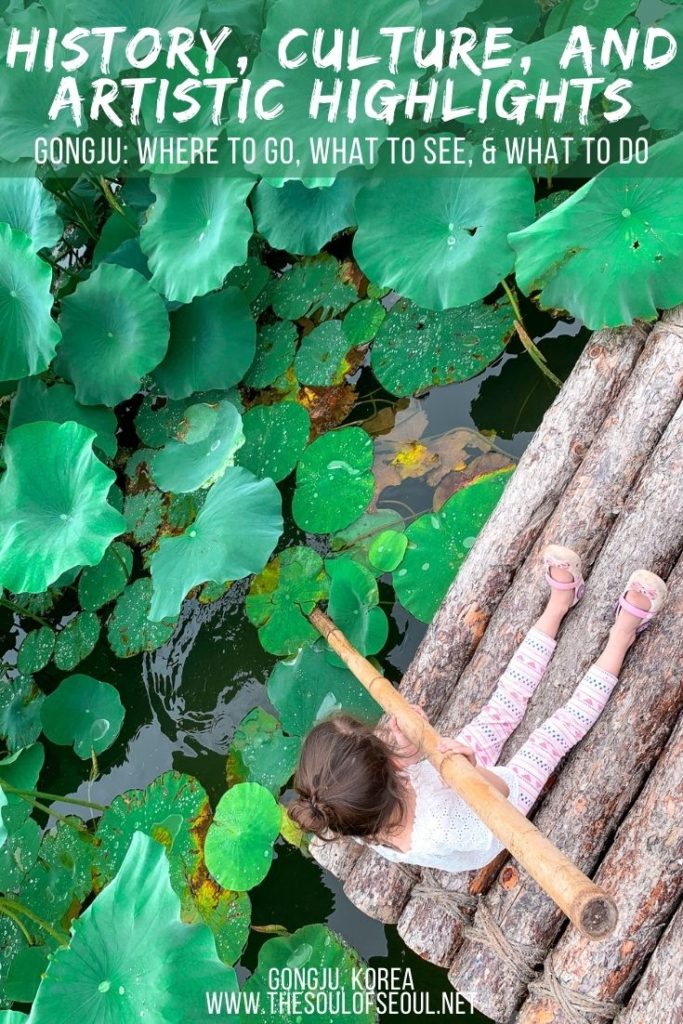
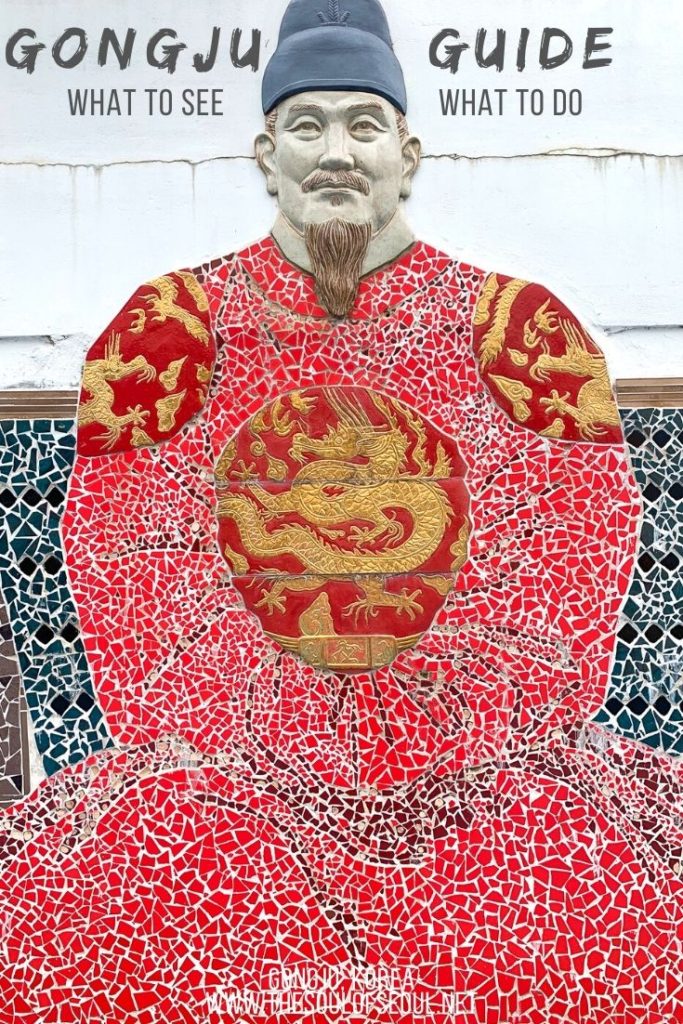
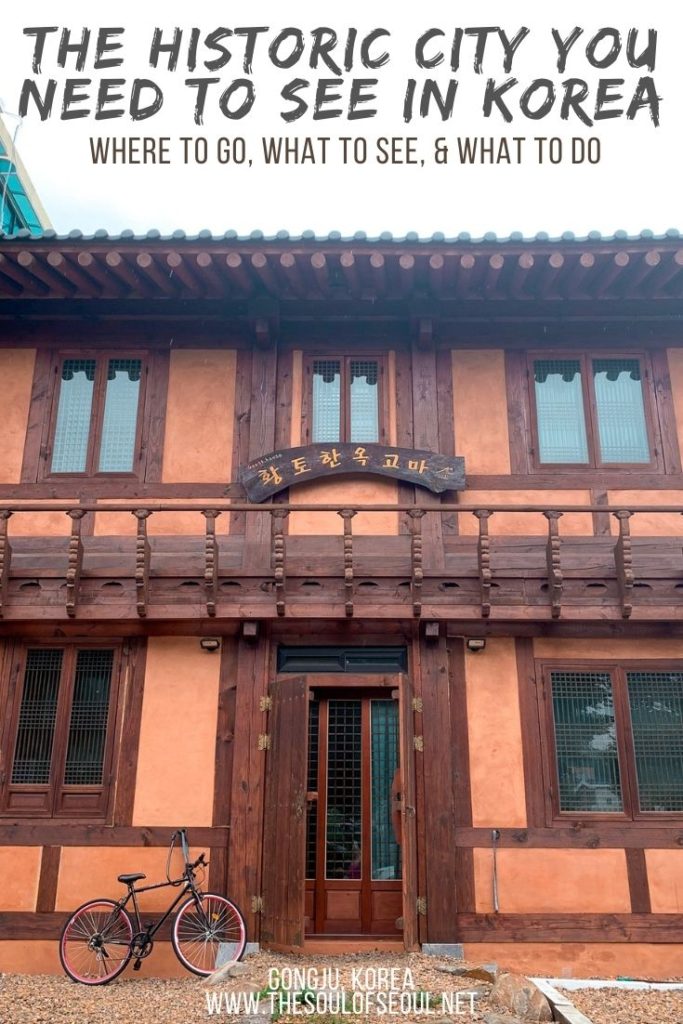
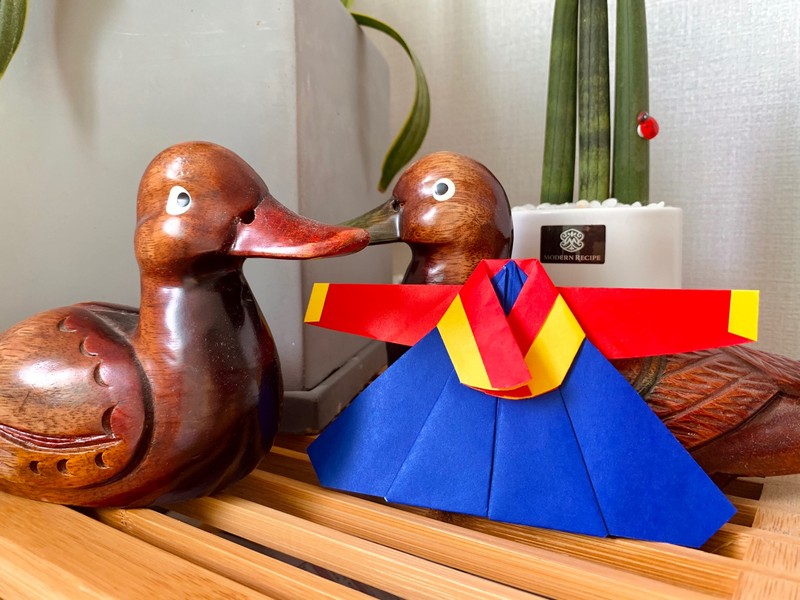
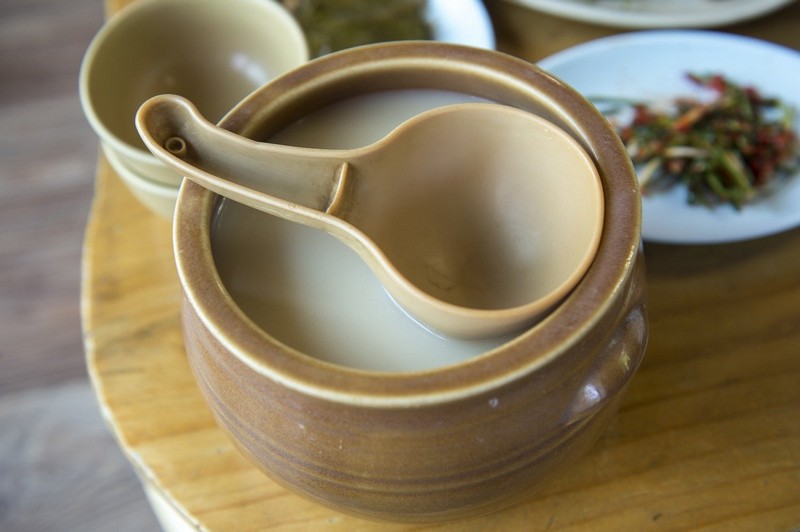

3 Comments
Ramisa
Hi, thank you for the info! I do have a question. What would be the best way to get from Yugu Mural Village to Gongju Hanok Village?
Hallie Bradley
Check it out on Kakao Maps, looks like you can take bus 706 all the way without transfers.
Myu-Ri
So many things to do in Gongju ! Thank you, I’ll definitely visit this place next time I’ll travel to SK 🙂